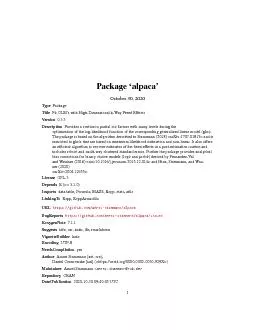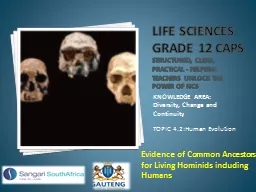PPT-Apes Practice Exam 2 Directions:
Author : yoshiko-marsland | Published Date : 2018-03-12
Each group of lettered answer choices refers to the numbered statements of questions that immediately follow For each question or statement select the one lettered
Presentation Embed Code
Download Presentation
Download Presentation The PPT/PDF document "Apes Practice Exam 2 Directions:" is the property of its rightful owner. Permission is granted to download and print the materials on this website for personal, non-commercial use only, and to display it on your personal computer provided you do not modify the materials and that you retain all copyright notices contained in the materials. By downloading content from our website, you accept the terms of this agreement.
Apes Practice Exam 2 Directions:: Transcript
Download Rules Of Document
"Apes Practice Exam 2 Directions:"The content belongs to its owner. You may download and print it for personal use, without modification, and keep all copyright notices. By downloading, you agree to these terms.
Related Documents














